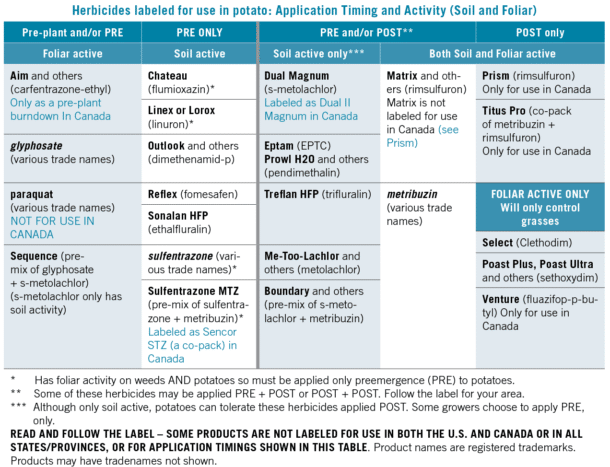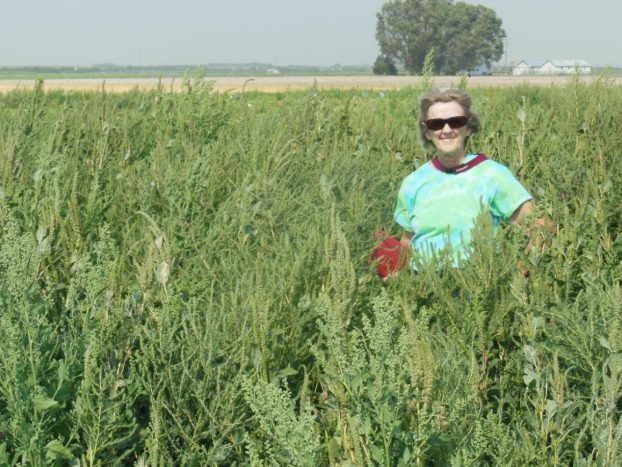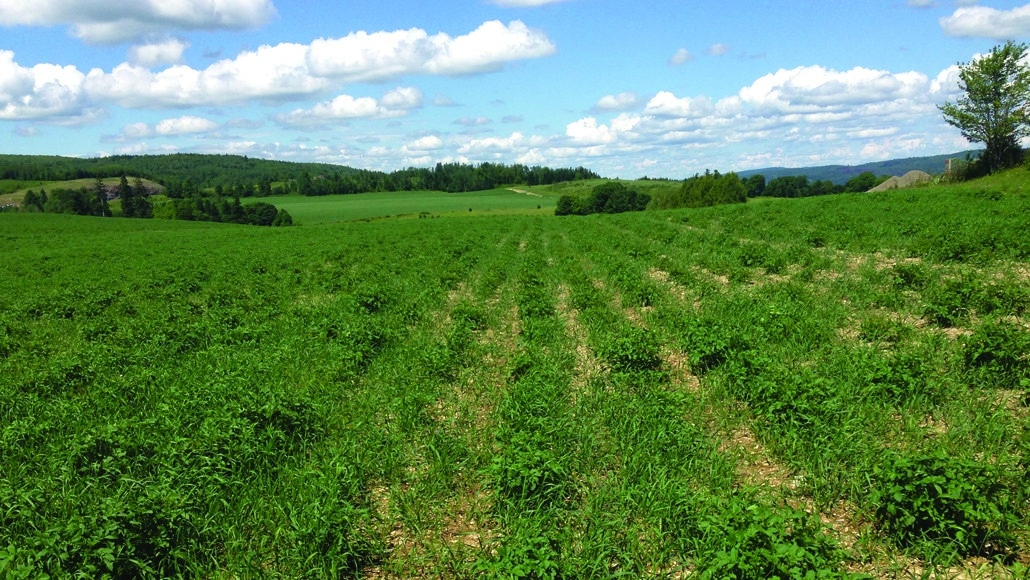Successful weed control with using a combination of tank mix chemistry and timing of applications.
Controlling a wide variety of weeds in a field can be a little like playing the lottery. If you time it right, choose the best products and don’t experience any adverse environmental factors, you may have a winning combination.
To gamble with better odds of success for weed control and reduce the chance of developing herbicide resistant weed populations, it’s recommended you use a tank mix of products registered for their combined success on the weed spectrum in each field — then apply the combination at the right time.
Timing is everything for successful weed control, says University of Idaho researcher Pamela Hutchinson. There really is no “one size fits all” approach when it comes toto choosing tank mixes and application timing.
“The way growers want to do things doesn’t always work at the same time and place, especially when weeds in one field are different than the weeds in another,” Hutchinson, a potato cropping systems weed scientist, says. As a result, “some growers say their herbicide isn’t working, but it could be their timing or their choice of products.”
Hutchinson has developed a table growers can use to determine the best mixes for their weed spectrum in each of their fields. It also provides information about application timing allowed by the herbicide labels and includes herbicides labelled in both Canada and the United States. Growers should only use recommended weed control products and tank mixtures labelled for their country’s potato growing regions, Hutchinson says.

Hutchinson has developed three scenarios for application timing of tank mixes, but says not all would be useful in Canada:
- Hill followed immediately by herbicide application, either at the same time as planting or as soon as possible after. Additional applications of herbicides with foliar activity may be needed if weeds emerge after the initial spray.
- Hill later than planting but still before potato emergence. Hilling will remove weeds which have come up since planting. As in the first scenario, apply herbicides immediately after hilling, before any more weeds emerge. Additional applications of foliar active herbicides might be needed for weeds coming up later.
- Reduce weeds with a drag-off operation after planting, but before potato emergence. Hilling followed by herbicide application is not performed until after potato emergence. Drag-off is used only in a few production areas in the U.S. and rarely in Canada.
For scenarios one and two, growers are recommended to blend soil-active herbicides into the soil along with irrigation, if possible. Otherwise, they should time the application so rainfall can absorb the herbicides. Some herbicides may be labelled for application through overhead irrigation systems. Although some herbicides can be mechanically incorporated, Hutchinson says to do this only if irrigation or rainfall don’t happen.
According to private consultant, Darin Gibson of Gaia Consulting in Newton, Man., Hutchinson’s recommendations are sound, but Canadian growers may not be able to fully use them. He says potato producers in this country are wise when it comes to choosing tank mixes and application windows and believes they can choose the most useful of Hutchinson’s recommendations to use.
Gibson believes the best weed control scenario, based on Hutchinson’s recommendations, is the first. Hilling at planting and then applying herbicides immediately is becoming more common in Canada, he says. The window for herbicide applications are quite small, making timing and tank mix choices even more critical.
“We can use glyphosate as a broadcast application after weed emergence but before ground crack to control weeds,” Gibson explains. “However, Gramoxone (Paraquat) is no longer available in Canada so that limits burn-off options. Most Canadian growers do not use the ‘drag-off’ production practice, so that also limits some of the options.”
Hutchinson cautions growers against unregistered uses but believes there are still many options. “I considered all the herbicides labelled for potatoes, but some are only for pre- or post-emergence,” she explains. “I have found that some of the best weed control in potatoes can be had by timing the right mix after planting potatoes and before they emerge.”

“Using a herbicide immediately after planting is effective in controlling some of the more troublesome weeds, and there is still opportunity to use a foliar if needed later in the season,” Gibson says. “Tank mixes are a good approach to reduce resistance, but we have to use registered and company supported combinations. We need to be careful. We can adapt Dr. Hutchinson’s suggestions to our growing situation, but our season is shorter, and our practices are a little different and may not allow for some of the options.”
Hutchinson says the table of options she developed is extensive and shows growers how to target the weed spectrum in each field with the best tank mixtures. The table will be available as a University of Idaho extension bulletin for growers who want to assess the options and determine if any can work for their situation. Like Gibson, she stresses the need for mixing different modes of action.
Gibson also recommends using products which will control the most difficult to control weed. “It’s important to choose products for a mix that will control the weeds present in the field at their stage of development as determined by the product label,” he says, reiterating Hutchinson’s points. For example, nightshade species can be a big problem, so choose a product for the tank mix strong on nightshade and mix it with a product able to control other weeds, but not as effective on nightshade.
The principles of Hutchinson’s work can be adapted to Canada as long as the products and tank mixtures are labelled for Canadian potato crops. Despite there being fewer options might be available in Canada, there are some herbicides only registered for Canadian use, she says. Once it’s determined what weeds need to be controlled, a quick check of the table, keeping in mind current environmental conditions and what can be used in Canada, narrows the choice of products given the time available.











